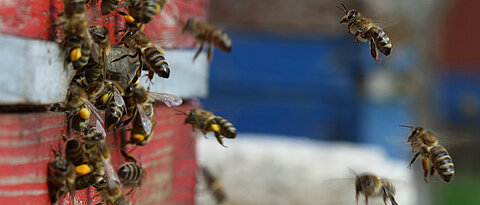When Beetles See Red
06/16/2025
Hardly any insects can see the colour red. However, two beetle species from the Mediterranean region are an exception, as an international research team has discovered.
more






















